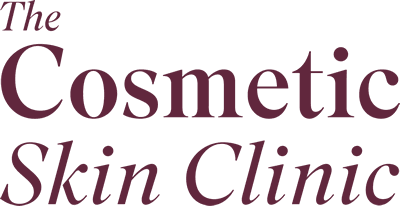We all know that following a healthy, balanced diet and exercising regularly is key to achieving a slim and toned physique. However, sometimes you may need a little extra support to reduce stubborn areas of fat across your body. This is where CoolSculpting and Liposuction treatments can help. These clinically proven cosmetic procedures help patients to physically remove large portions of fat from different body areas in a relatively fast and precise way.
Unlike diet or exercise regimes, which can take weeks or months to showcase a visible effect, these body contouring techniques generate fat removal results quickly by rapidly destroying and removing excess subcutaneous fat cells. This results in a smoother, more defined and contoured physique in much less time. It also helps patients to remove stubborn fat bulges that are hard to shift using the traditional diet and exercise techniques. This makes fat removal much easier for patients who have struggled with common fat issues like bingo wings, banana rolls, love handles and muffin tops. But how do the procedures compare? In this article, we walk through the key similarities and differences between them.
CoolSculpting vs Liposuction
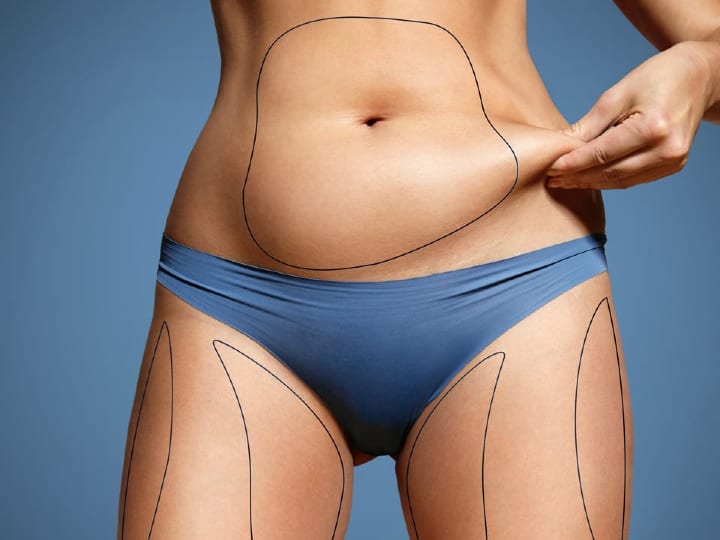
CoolSculpting and liposuction are two gold-standard treatments that reduce subcutaneous fat stores using surgical and non-surgical methods. Subcutaneous fat is the jiggly layer of visible fat that sits just beneath the surface of the skin. It is more vulnerable to changes and disruption than deeper visceral fats, which surround a person’s organs.
Cosmetic procedures like CoolSculpting and Liposuction target subcutaneous fat precisely and accurately by destroying the fat tissues alone, leaving healthy surrounding tissues untouched. CoolSculpting does this using an advanced fat freezing or cryolypolysis procedure which is completely non-invasive, whereas liposuction surgically removes subcutaneous fat using standard surgical methods.
Fat Reduction with CoolSculpting and Liposuction
Both treatments reduce fat-storing adipose tissues. Its main function is to store body fat in the form of lipids (fat cells) and comprises about 20-27% of total body weight in people in a healthy weight range. By physically breaking down and removing this tissue from the subcutaneous layer of the skin (just below the skin’s surface), patients can achieve a more sculpted and slim appearance. However, CoolSculpting and liposuction break down this tissue in markedly different ways.
Comparing CoolSculpting vs Liposuction Procedures
Liposuction procedure
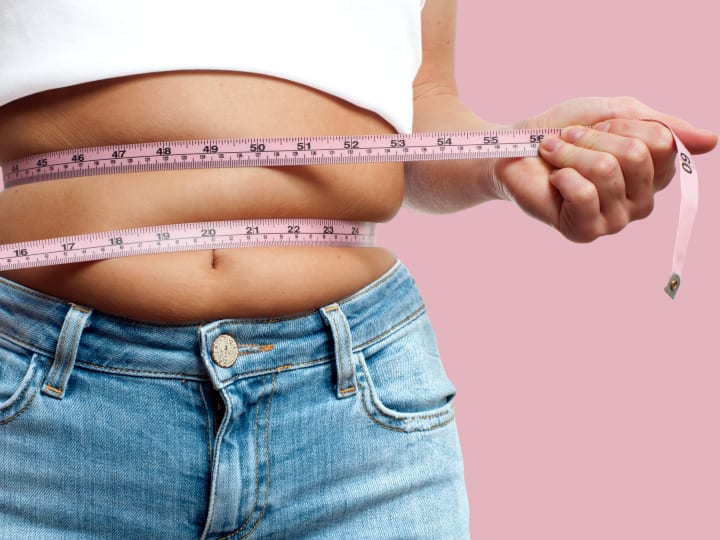
Liposuction is an invasive surgical procedure that uses scalpels, anaesthetics and a fat suction device to remove subcutaneous fat tissues from the body. Over 1,500 treatments were performed in the UK in 2020 alone, making it one of the most popular aesthetic treatments. During a typical liposuction procedure, a plastic surgeon makes a tiny incision in the targeted area of excess fat after a general or local anaesthetic (e.g., lidocaine) has been applied. Fat is then sucked out of the body via a long cannula tube. This treatment was first used in the 1980s, but since then, other liposuction techniques have also emerged.
Types of liposuction treatment
- Surgical Liposuction: the modern surgical technique uses small cannulas and a suction device to remove fat. Dr Jeffrey Klein from California introduced and perfected this modern technique in 1985, and it has since grown to become the most widely used surgical fat removal method.
- Vaser Lipo: Vaser liposuction is a less invasive fat reduction technique that uses ultrasound waves to break up and liquify fat tissues. Once liquified, the fat cells can be drawn out of the body using a fine needle rather than a cannula. The treatment was pioneered and perfected by clinicians at The Private Clinic in the UK. It results in fewer side effects and a quicker recovery time than traditional liposuction.
- Laser Lipo: Laser liposuction is different to Vaser and traditional lipo because it is a non-surgical alternative. As a minimally invasive procedure, it uses medical lasers and heat energy to melt away fat under the skin – a process called laser lipolysis.
Coolsculpting procedure
The CoolSculpting treatment is an innovative fat reduction technique that is similar to non-surgical laser liposuction. As a completely non-invasive way to get rid of stubborn fat cells, it uses cooling energy rather than heat to remove excess fat from underneath the skin. Also known as ‘fat freezing,’ this cryolypolysis technique breaks down and crystallises subcutaneous fat cells. It was officially approved as a fat reduction method in 2010 by the FDA and has since increased in popularity by over 823% according to data from healthline.com. To date, over 17 million CoolSculpting treatments have been carried out across the world, and The Cosmetic Skin Clinic is the UK’s no 1 CoolSculpting Clinic. Our team of highly-skilled practitioners have over 20 years of collective experience and have performed over 50,000 CoolSculpting treatments. Autumn Packages are Available. Enquire Today.
CoolSculpting vs Liposuction: How do they work?
Based on their surgical and non-surgical differences, the treatments work differently to break down and remove fat:
-
CoolSculpting: cryolypolysis (fat freezing)
Coolsculpting’s cutting-edge cryolipolysis technology was developed by scientists at the USA’s prestigious Harvard University after a clinician noticed that cool temperatures had an effect on the breakdown of fatty tissues. By exposing them to critically low temperatures, fat cells crystallise and die, before being processed and removed from the body naturally over the course of a few weeks. During the CoolSculpting process, a clinician will apply a gel pad and applicator to the skin to freeze fat cells. The gel pad protects surrounding healthy tissues while the cooling energy specifically breaks down the fat cells. The applicator stays in place for 30-40 minutes in most cases, causing the cells to slowly crystallise and break apart. The gel pad is then removed before the clinician massages the treatment area to further stimulate the fat breakdown. Healthy cells are not affected, leaving patients free from scarring or tissue damage.
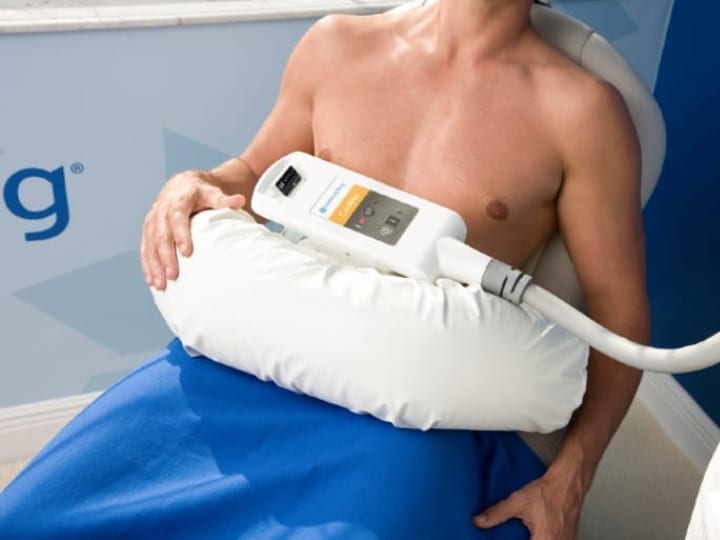
-
Liposuction: surgical fat removal
Liposuction physically disrupts and removes subcutaneous fat cells by directly sucking them from the body. A numbing solution (usually lidocaine) is applied to the targeted area first. A series of small cuts are then made around this treatment zone to give the clinician direct access to fat tissues. A thin cannula tube is then inserted into the incisions before a vacuum device sucks out the targeted fat cells. A general anaesthetic may be used instead of lidocaine if a large amount of excess fat needs to be removed. The surgery typically takes between 1-2 hours. But it can take weeks for swelling and bruising to dissipate from the treatment area, and there is a risk of scarring thanks to the scalpel incisions that are applied.
CoolSculpting vs Liposuction: Treatment areas
Liposuction is the more aggressive treatment, meaning that greater quantities of fat can be removed in a single operation. This makes the treatment ideal for patients who want to remove large amounts of excess fat in one go. Liposuction is often used if the patient is desiring a drastic change to their body shape, or if they are considerably overweight and want to transform their body contours quickly. Liposuction can remove fat from several areas of the body, including:
- abdomen
- waist
- back
- hips
- buttocks
- thighs
- lower legs
- knees
- upper arms
- area under the chin
- neck
- face
- chest
CoolSculpting can treat many of the same areas that liposuction treats. As a non-surgical procedure, it has fewer side effects and doesn’t require any recovery time. However, it doesn’t immediately remove fat tissues in the same way that liposuction does. It takes at least 3 weeks for the body to naturally remove the treated fat cells. Once this process has occurred however, it produces similar fat removal results to liposuction. As a less intensive treatment, it has become popular for people who want to treat localised areas of stubborn fat. The majority of patients use it to remove excess fat from their abdomens and flanks (love handles). It can also treat:
- back
- waist
- area under the chin
- neck
- chest
- hips
- buttocks
- thighs
- arms
- legs
CoolSculpting vs Liposuction: Treatment sessions
Each procedure requires a different number of treatment sessions and different rates of recovery:
CoolSculpting
Most CoolSculpting treatment sessions take less than an hour to complete. New innovations in the technology also mean that patients can treat two areas at once, thanks to the introduction of the CoolSculpting Elite applicators, which cover a larger surface area than traditional fat freezing applicators. If patients want to target fat across their belly and their thighs at the same time, in one single session, they can do.
However, most patients will require a few treatment sessions spread out over several weeks to achieve the best results. Visible fat removal results are at their best at 3 months after the final procedure.
Liposuction
A typical treatment takes between 1 to 2 hours to complete. Most patients only require 1 liposuction procedure to achieve the results they are looking for. Patients can treat multiple areas in one session. But for safety reasons, most clinicians won’t treat more than 3 different areas at once due to the recovery time involved.
The big downside to a liposuction treatment regime is that it does require significant downtime. Patients will have to avoid strenuous activities for 2 to 4 weeks after the treatment and will have to wear bandages to aid their healing process. It can also take several months for swelling and bruising to disappear. Invasive procedures like Vaser lipo require slightly shorter recovery periods, but full results are often not visible for up to 6 to 12 months after.
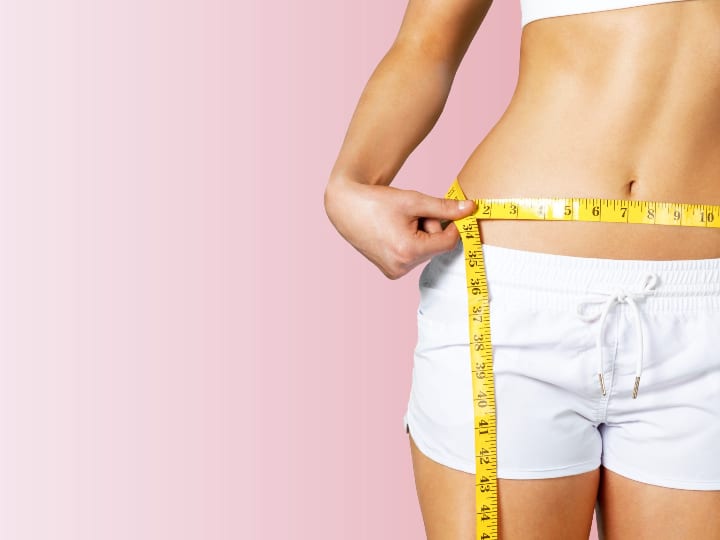
Ideal Candidates for CoolSculpting vs Liposuction
Best CoolSculpting candidates
Ideal CoolSculpting candidates are those patients in good general physical health who exhibit localised areas of excess fat. It is perfect for sculpting and improving mild to moderate bulges of stubborn fat so that they look visibly trimmer and more streamlined. As one of the world’s leading fat removal treatments, it is suitable for treating candidates with higher-than-average BMIs.
Ideal Candidates for Liposuction
Liposuction is best for candidates with larger areas of fat to lose. If you have localised areas of protruding fat around your body, then liposuction is a great treatment to use. However, as a surgical procedure, it does involve risk. It is also not suitable for candidates with lots of loose skin as the liposuction procedure itself around the fatty area can end up exacerbating the appearance of loose skin.
If you are a patient who has lost weight quickly and who needs to remove excess pockets of skin that have formed as a result, then more complex surgical procedures like abdominoplasty, or tummy tucks may be more appropriate for your needs. Liposuction is also not a treatment for obesity or a substitute for a healthy lifestyle and diet regime. By speaking to a qualified cosmetic specialist, they can assess your areas of excess fat to advise on the best course of treatment.
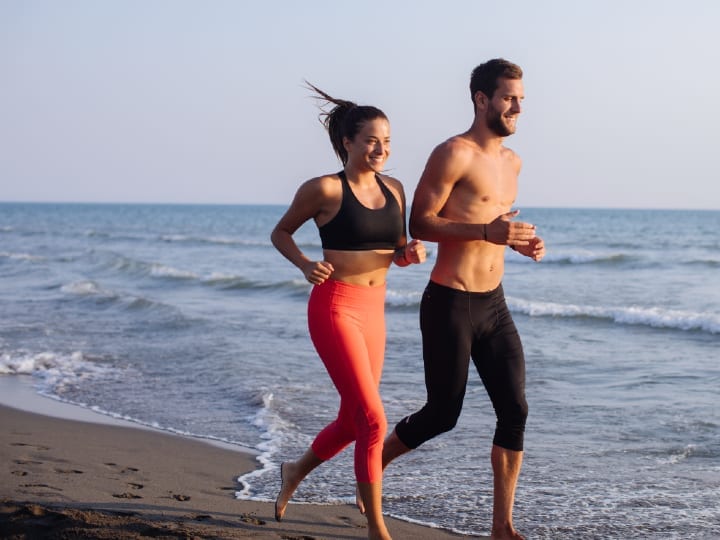
Side effects of CoolSculpting vs Liposuction
CoolSculpting
CoolSculpting is a non-surgical body sculpting procedure, so it has no surgical side effects. Patients can return to normal activities straight after. This is why the treatment has rapidly increased in popularity when compared to traditional surgical fat removal treatments like liposuction. The only main side effect is the slightly uncomfortable feelings that patients may experience during or post-procedure. These include:
- tugging or pulling sensation at the treatment site
- slight stinging and aching sensation during the treatment, and a few hours afterwards
- temporary redness and skin sensitivity
These side effects usually subside a few hours after having the treatment.
Liposuction
As an invasive surgical procedure, liposuction is much riskier to undergo. Side effects include:
- potential scarring at the incision sites
- skin discolouration
- bruising and swelling
- risk of infection
- fluid accumulation in the treatment site, which may need to be drained
Typical procedures require patients to rest for 3-5 days after the treatment, meaning that it doesn’t benefit from the rapid ‘back to normality’ approach that CoolSculpting offers. With the associated risks in mind, patients should carefully consider whether liposuction is the right fat removal solution for them. Fat freezing offers a cutting-edge non-surgical alternative without pain, downtime and the need for a lengthy recovery.
CoolSculpting vs Liposuction: Results
CoolSculpting and liposuction have surprisingly similar results. Liposuction has been around much longer than CoolSculpting. This may lead some people to assume that it is more effective. However, a 2012 study from the Obesity Society showed that patients had the same amount of body fat one year after having liposuction – the fat was just stored in other places.
It is certainly true that in one session, liposuction instantly removes much more fat from the body (up to 5 litres of fat). But CoolSculpting also drives home impressive fat reduction results at 3 months after treatment, with one study demonstrating a 27% reduction in body fat cells once a patient has received the treatment.
In both cases, patients can permanently destroy and remove excess fat cells from their bodies, in a diverse range of areas, from the belly, thighs and arms to the double chin. But patients must stick to a healthy lifestyle to attain long-term results.
Is CoolSculpting better than liposuction?
Having compared the two procedures, the answer to this question really depends upon your own individual needs. If you want to gain effective fat removal results without simply relying on diet and exercise, then both treatments are ideal.
As results are so similar, it is advisable for patients to embrace CoolSculpting if they want to avoid spending days and weeks in recovery. The need for downtime is liposuction’s biggest drawback. However, if you are a patient with larger pockets of excess fat, then liposuction may be better for you, as it can remove more fat in one session than a CoolSculpting procedure can. Book a consultation with a medically trained fat removal clinician to get the best advice on which treatment is right for your own individual needs.
You can also view the helpful comparison chart below to quickly compare the treatments and help you decide on your best course of action.

Fat Reduction at The Cosmetic Skin Clinic
The Cosmetic Skin Clinic is a multi-award-winning aesthetics practice with years of experience in fat removal procedures. As a specialist in non-surgical treatments like CoolSculpting, we help patients to reduce excess fat with clinically proven results. We have been named as the number 1 CoolSculpting practice in the UK for 6 years in a row and have a 5-Star Trustpilot rating. We also give honest and trustworthy advice. So if you are not suitable for CoolSculpting, we will let you know. Our expert clinicians can then refer you to liposuction specialist if needed.
Simply fill out our online enquiry form to arrange your personalised fat reduction consultation. Alternatively, you can contact our London and Buckinghamshire clinics directly on the following phone numbers: London 0203 319 3637 Buckinghamshire 01753 646 660.
